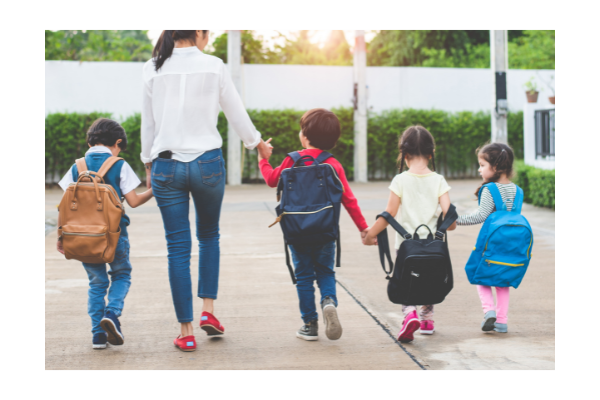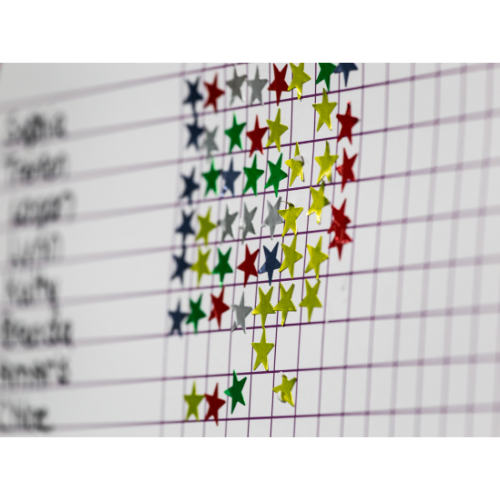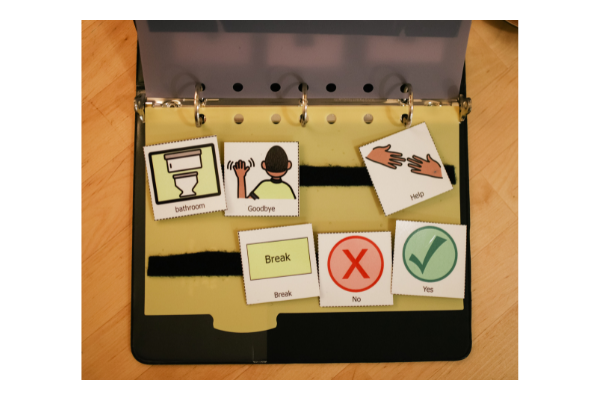What is a social story? How can you use them to help your child?
Here are some FREE social stories for you to copy and edit to use with your own children!
Social stories are a learning tool that helps to inform the reader about a social topic or situation. Social stories accomplish this by explicitly teaching:
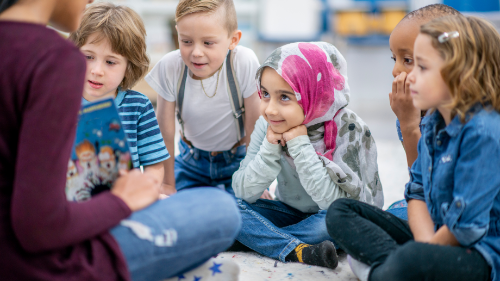
- details about a setting
- things that typically happen in that setting
- the action(s) or behavior that is typically expected from children in the setting
Social stories are one of my favorite tools to use for children with Autism, ADHD, learning disabilities, or children with Executive Functioning challenges.
Social stories can help children pick up on cues they normally wouldn’t notice and learn how to respond to these cues. Social stories can also help children learn new skills for social situations, or understand how to behave in new situations.
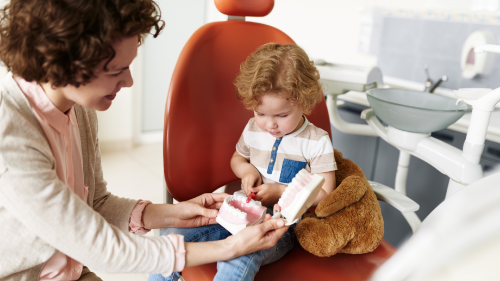
Social stories can help children decrease anxiety and worry by knowing what to expect or what is expected in a given situation.
I have outlined some common topics below, and have included a template for each one. Templates are editable and can be tailored to your needs.
How to create a social story
There are many different ways to create a social story for your child. Social stories do not need to be overly complicated or complex.
Using google slides is a great way to create social stories. Not only can they be printed out to create a small book, but they can also be projected class-wide on a smart tv if the social story is being used as a class-wide read-aloud.

Here are some tips to use when writing a social story for your child:
- When writing the social story, be respectful and supportive of the person you are authoring the social story for.
- Consider the purpose of what you want to write the social story for.
- Use short and clear language.
- Write the story in positive terms. It is important to say what you want the person to do, or what the person should expect.
- The purpose of the social story is not to shame the person who is receiving the story.
Purposes and types of social stories
New or upcoming activity/ event/ place

When writing a story to describe a new or upcoming activity/ event/ place, it’s helpful to include the following:
- Pictures of the place that you are teaching about (ex. Going to a new school, going to a doctor’s office, going to a dentist’s office, etc.). You can find these online of the actual place, go to the place and take pictures or use clip art pictures from online.
- Pictures of the staff/ adults who will be working with your child. If it is possible, you can use photos of the teachers and aides that will be working with your child (sometimes you can find these on the school website or business websites). If you do not know who the staff will be working with your child, you can include a stock image of a teacher or clip art.
- Describe what your child might see, what they will be doing there, and when the activity will be over.
- Include any other special information that would be beneficial for your child to know.
See my FREE school social story sample here.
Feel free to make a copy and edit it to fit your child’s needs.
Social/ Emotional Needs
If you are looking to help your child understand social or emotional situations, check out these social story strategies.
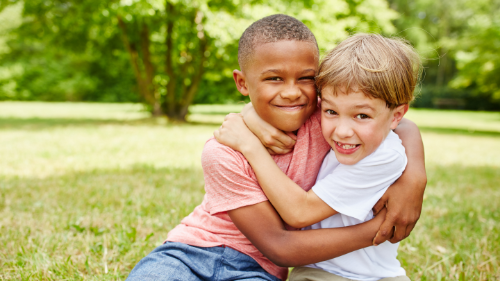
- Describe the social or emotional skill you are teaching your child.
- Describe the expected skill in positive terms, and what your child should do.
See my FREE kind words social story sample here.
Feel free to make a copy and edit it to fit your child’s needs.
Using the social story
After you have created the social story, it may be helpful to laminate it to increase durability.
Introduce and read the story with your child when they are calm.
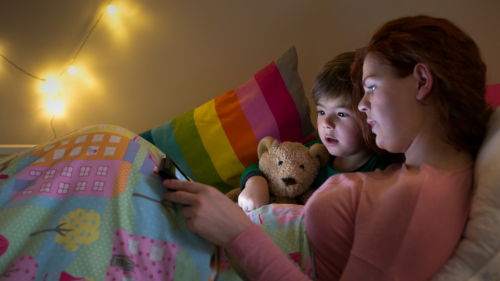
If you are using a social story to teach about going to a new place, read the story with your child prior to going to that place. Allow them to ask any questions, or share any concerns. When you go to the place with your child, remind them of any strategies from the social story.
If you are using a social story to teach about social/ emotional skills, read the story and practice the strategies prior to your child needing to use those strategies. Remind them of their strategies when they need them.
When your child uses the strategies outlined in the social stories, reward their efforts with praise, kindness, and prizes when applicable. Even as adults, we know that change can be hard 🙂

